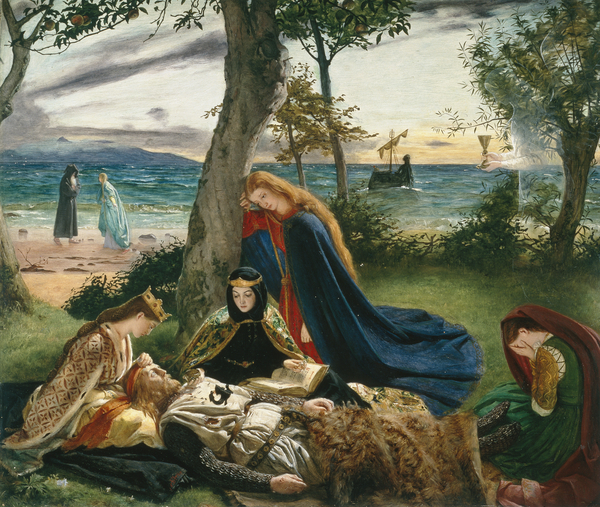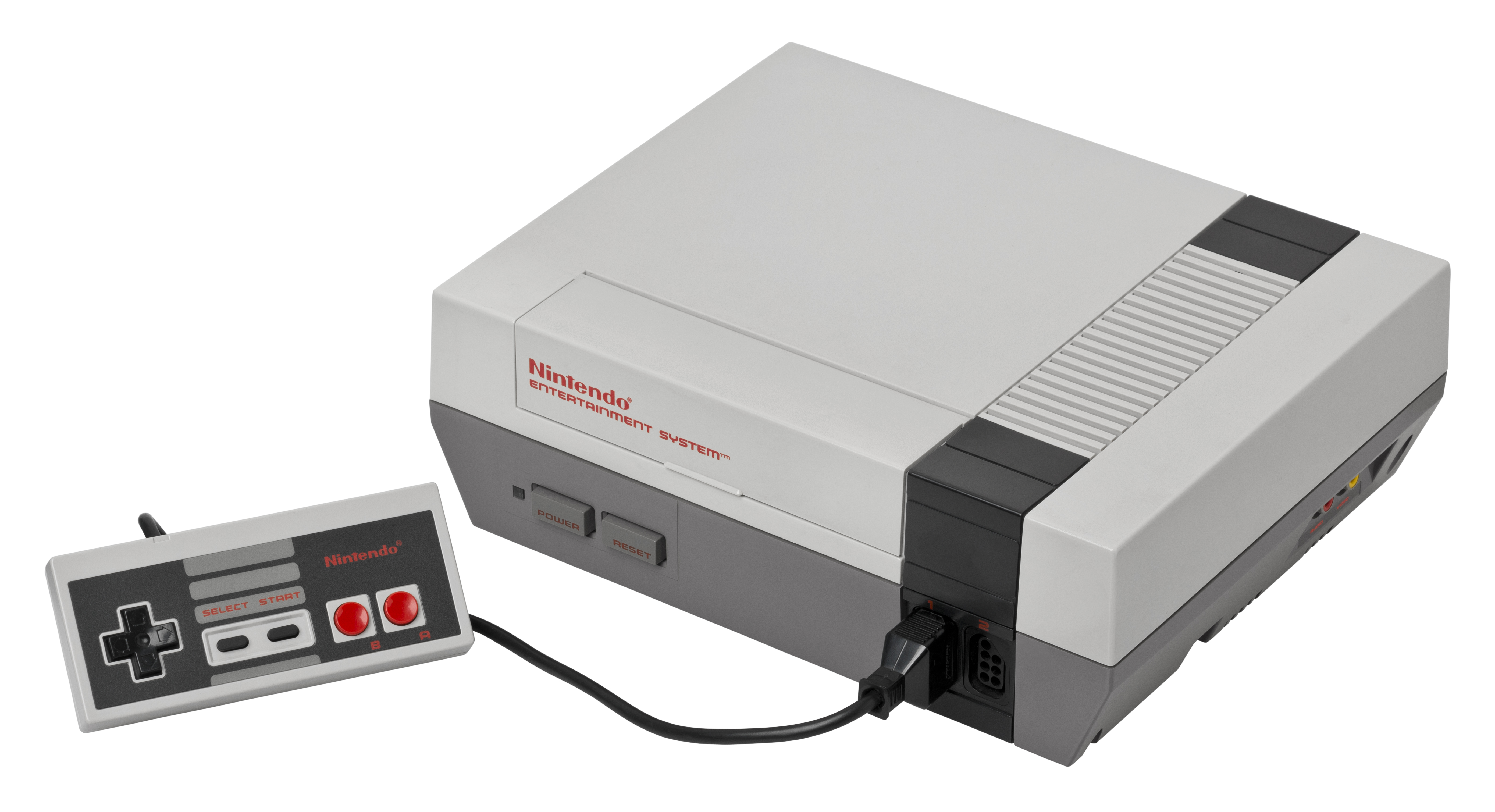|
Super Bowl Sunday (video Game)
''Super Bowl Sunday'' is a 1985 video game published by The Avalon Hill Game Company. Gameplay ''Super Bowl Sunday'' is a game in which American football is simulated in a strategy game based on statistics. Reception Wyatt Lee reviewed the game for ''Computer Gaming World'', and wrote that "the game is worth playing and offers realistic results." Reviews *''Computer Gamer'' - Feb, 1987 *''ASM (Aktueller Software Markt)'' - Feb, 1987 *''Tilt'' - Jun, 1987 *''Games'' #70 References {{reflist External linksReviewin ''Family Computing''Reviewin '' Compute!'s Gazette''Reviewin ''Computer Play''Reviewin ''Ahoy! ''Ahoy!'' was a computer magazine published between January 1984 and January 1989 in the US, covering on all Commodore color computers, primarily Commodore 64 and Amiga. History The first issue of ''Ahoy!'' was published in January 1984. The ...''Reviewin '' Compute!'s Gazette'' 1985 video games American football video games Apple II games Avalon Hill video games ... [...More Info...] [...Related Items...] OR: [Wikipedia] [Google] [Baidu] |
The Avalon Hill Game Company
Avalon Hill Games Inc. is a game company that publishes wargames and strategic board games. It has also published miniature wargaming rules, role-playing games and sports simulations. It is a subsidiary of Hasbro, and operates under the company's "Hasbro Gaming" division. Avalon Hill introduced many of the concepts of modern recreational wargaming, including the use of a hexagonal grid (a.k.a. hexgrid) overlaid on a flat folding board, zones of control (ZOC), stacking of multiple units at a location, and board games based upon historical events. History The Avalon Game Company Avalon Hill was started in 1952 outside Baltimore in Catonsville, Maryland, by Charles S. Roberts under the name of "The Avalon Game Company" for the publication of his game ''Tactics''. It is considered the first of a new type of war game, consisting of a self-contained printed map, pieces, rules and box designed for the mass-market. Other war games published over the prior half-century, from which ... [...More Info...] [...Related Items...] OR: [Wikipedia] [Google] [Baidu] |
Turn-based Strategy Video Games
Timekeeping is relevant to many types of games, including video games, tabletop role-playing games, board games, and sports. The passage of time must be handled in a way that players find fair and easy to understand. In many games, this is done using real-time and/or turn-based timekeeping. In real-time games, time within the game passes continuously. However, in turn-based games, player turns represent a fixed duration within the game, regardless of how much time passes in the real world. Some games use combinations of real-time and turn-based timekeeping systems. Players debate the merits and flaws of these systems. There are also additional timekeeping methods, such as timelines and progress clocks. Real-time In real-time games, time progresses continuously. This may occur at the same or different rates from the passage of time in the real world. For example, in ''Terraria'', one day-night cycle of 24 hours in the game is equal to 24 minutes in the real world. In a multiplay ... [...More Info...] [...Related Items...] OR: [Wikipedia] [Google] [Baidu] |
Commodore 64 Games ...
{{short description, None This is a list of games for the Commodore 64 personal computer system, sorted alphabetically. See Lists of video games for other platforms. Because of the length of the list, it has been broken down to two parts: * List of Commodore 64 games (A–M) * List of Commodore 64 games (N–Z) See also * Commodore 64 Games System * Commodore 64 The Commodore 64, also known as the C64, is an 8-bit computing, 8-bit home computer introduced in January 1982 by Commodore International (first shown at the Consumer Electronics Show, January 7–10, 1982, in Las Vegas). It has been listed in ... [...More Info...] [...Related Items...] OR: [Wikipedia] [Google] [Baidu] |
Avalon Hill Video Games
Avalon () is an island featured in the Arthurian legend. It first appeared in Geoffrey of Monmouth's 1136 ''Historia Regum Britanniae'' as a place of magic where King Arthur's sword Excalibur was made and later where Arthur was taken to recover from being gravely wounded at the Battle of Camlann. Since then, the island has become a symbol of Arthurian mythology, similar to Arthur's castle of Camelot. Avalon was associated from an early date with mystical practices and magical figures such as King Arthur's sorceress sister Morgan, cast as the island's ruler by Geoffrey and many later authors. Certain Briton traditions have maintained that Arthur is an eternal king who had never truly died but would return as the "once and future" king. The particular motif of his rest in Morgan's care in Avalon has become especially popular. It can be found in various versions in many French and other medieval Arthurian and other works written in the wake of Geoffrey, some of them also linking A ... [...More Info...] [...Related Items...] OR: [Wikipedia] [Google] [Baidu] |
Apple II Games
An apple is a round, edible fruit produced by an apple tree (''Malus'' spp.). Fruit trees of the orchard or domestic apple (''Malus domestica''), the most widely grown in the genus, are agriculture, cultivated worldwide. The tree originated in Central Asia, where its wild ancestor, ''Malus sieversii'', is still found. Apples have been grown for thousands of years in Eurasia before they were introduced to North America by European colonization of the Americas, European colonists. Apples have cultural significance in many mythological, mythologies (including Norse mythology, Norse and Greek mythology, Greek) and religions (such as Christianity in Europe). Apples grown from seeds tend to be very different from those of their parents, and the resultant fruit frequently lacks desired characteristics. For commercial purposes, including botanical evaluation, apple cultivars are propagated by clonal grafting onto rootstocks. Apple trees grown without rootstocks tend to be larger and ... [...More Info...] [...Related Items...] OR: [Wikipedia] [Google] [Baidu] |
American Football Video Games
American(s) may refer to: * American, something of, from, or related to the United States of America, commonly known as the "United States" or "America" ** Americans, citizens and nationals of the United States of America ** American ancestry, people who self-identify their ancestry as "American" ** American English, the set of varieties of the English language native to the United States ** Native Americans in the United States, indigenous peoples of the United States * American, something of, from, or related to the Americas, also known as "America" ** Indigenous peoples of the Americas * American (word), for analysis and history of the meanings in various contexts Organizations * American Airlines, U.S.-based airline headquartered in Fort Worth, Texas * American Athletic Conference, an American college athletic conference * American Recordings (record label), a record label that was previously known as Def American * American University, in Washington, D.C. Sports teams S ... [...More Info...] [...Related Items...] OR: [Wikipedia] [Google] [Baidu] |
1985 Video Games
1985 saw many sequels and prequels in video games, such as ''Super Mario Bros.'' and ''Kung-Fu Master (video game), Kung Fu'', along with new titles such as ''Commando (video game), Commando'', ''Duck Hunt'', ''Gauntlet (1985 video game), Gauntlet'', ''Ghosts 'n Goblins (video game), Ghosts 'n Goblins'', ''Gradius (video game), Gradius'', ''Hang-On'', ''Space Harrier'', ''Tetris'' and ''The Way of the Exploding Fist''. The year's highest-grossing arcade video games were ''Hang-On'' and ''Karate Champ'' in the United States, and ''Commando'' in the United Kingdom. The year's bestselling home system was the Nintendo Entertainment System (Famicom) for a consecutive year, while the year's bestselling home video game was ''Super Mario Bros.'' Financial performance In Video games in the United States, the United States, annual Video game crash of 1983, home video game sales fell to ( adjusted for inflation) in 1985. Meanwhile, the arcade video game industry began recovering in 1985. ... [...More Info...] [...Related Items...] OR: [Wikipedia] [Google] [Baidu] |
Ahoy!
''Ahoy!'' was a computer magazine published between January 1984 and January 1989 in the US, covering on all Commodore color computers, primarily Commodore 64 and Amiga. History The first issue of ''Ahoy!'' was published in January 1984. The magazine was published monthly by Ion International and was headquartered in New York City. It published many games in BASIC and machine language, occasionally also printing assembly language source code. ''Ahoy!'' published a checksum A checksum is a small-sized block of data derived from another block of digital data for the purpose of detecting errors that may have been introduced during its transmission or storage. By themselves, checksums are often used to verify dat ... program called ''Flankspeed'' for entering machine language listings. ''Ahoy!'s AmigaUser'' was a related but separate publication dedicated to the Amiga. It was spun off from a series of columns in ''Ahoy!'' with the same title, and the first two issues were ... [...More Info...] [...Related Items...] OR: [Wikipedia] [Google] [Baidu] |
Family Computing
''Family Computing'' (later ''Family & Home Office Computing'' and ''Home Office Computing'') was an American computer magazine published by Scholastic Corporation, Scholastic from the 1980s to the early 2000s. It covered all the major home computer platforms of the day including the Apple II, VIC-20, Commodore 64, Atari 8-bit computers, as well as the IBM PC and Macintosh. It printed a mixture of product reviews, how-to articles and type-in programs. The magazine also featured a teen-oriented insert called ''K-Power'', written by Stuyvesant High School students called the Special-K's. The section was named after a former sister magazine which folded after a short run. This section was discontinued after the July 1987 issue as part of the magazine's shift toward home-office computing. History and profile The first issue of the magazine appeared in September 1983. It was notable in the early days for the wide variety of systems it supported with type-in programs, including such "o ... [...More Info...] [...Related Items...] OR: [Wikipedia] [Google] [Baidu] |
Apple II
Apple II ("apple Roman numerals, two", stylized as Apple ][) is a series of microcomputers manufactured by Apple Computer, Inc. from 1977 to 1993. The Apple II (original), original Apple II model, which gave the series its name, was designed by Steve Wozniak and was first sold on June 10, 1977. Its success led to it being followed by the Apple II Plus, Apple IIe, Apple IIc, and Apple IIc Plus, with the 1983 IIe being the most popular. The name is trademarked with square brackets as Apple ][, then, beginning with the IIe, as Apple //. The Apple II was a major advancement over its predecessor, the Apple I, in terms of ease of use, features, and expandability. It became one of several recognizable and successful computers throughout the 1980s, although this was mainly limited to the US. It was aggressively marketed through volume discounts and manufacturing arrangements to educational institutions, which made it the first computer in widespread use in American secondary ... [...More Info...] [...Related Items...] OR: [Wikipedia] [Google] [Baidu] |
Games (magazine)
''Games World of Puzzles'' is an American games and puzzle magazine. Originally the merger of two other puzzle magazines spun off from its parent publication ''Games'' magazine in the early 1990s, ''Games World of Puzzles'' was reunited with ''Games'' in October 2014. The entire magazine interior is now newsprint (as opposed to the part-glossy/part-newsprint format of the original ''Games'') and the puzzles and articles that originally sandwiched the "Pencilwise" section are now themselves sandwiched ''by'' the main puzzle pages, replacing the "feature puzzle" section (they are still full-color, unlike the two-color "Pencilwise" sections.) The recombined title assumed the same 9-issue-per-year publication schedule as the original ''Games''. ''Games'' ''Games'' () was a magazine devoted to games and puzzles and, until its 2014 merger was published by Games Publications, a division of Kappa Publishing Group. History ''Games'' debuted with its September/October 1977 issue, publi ... [...More Info...] [...Related Items...] OR: [Wikipedia] [Google] [Baidu] |




